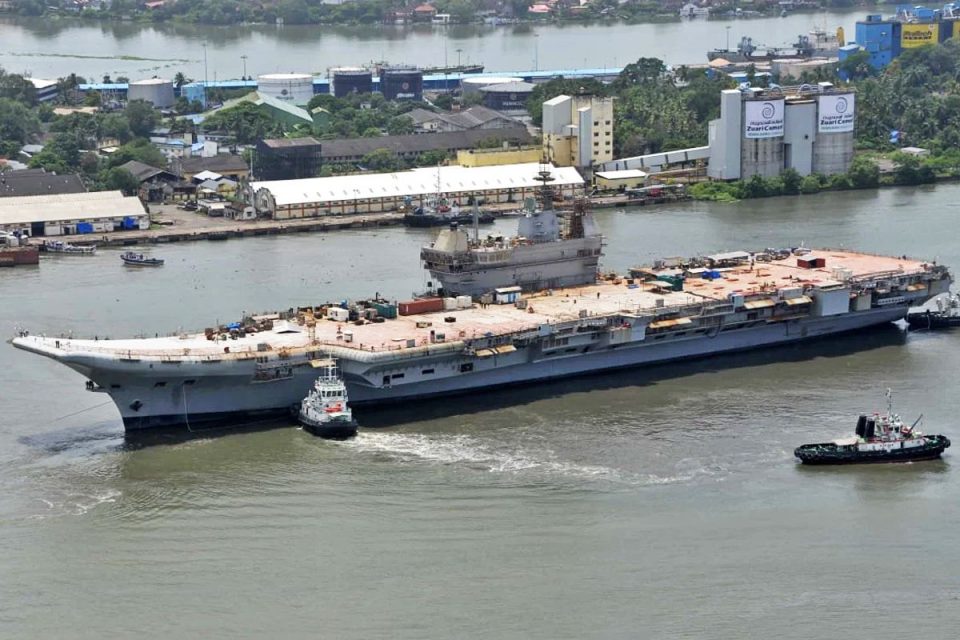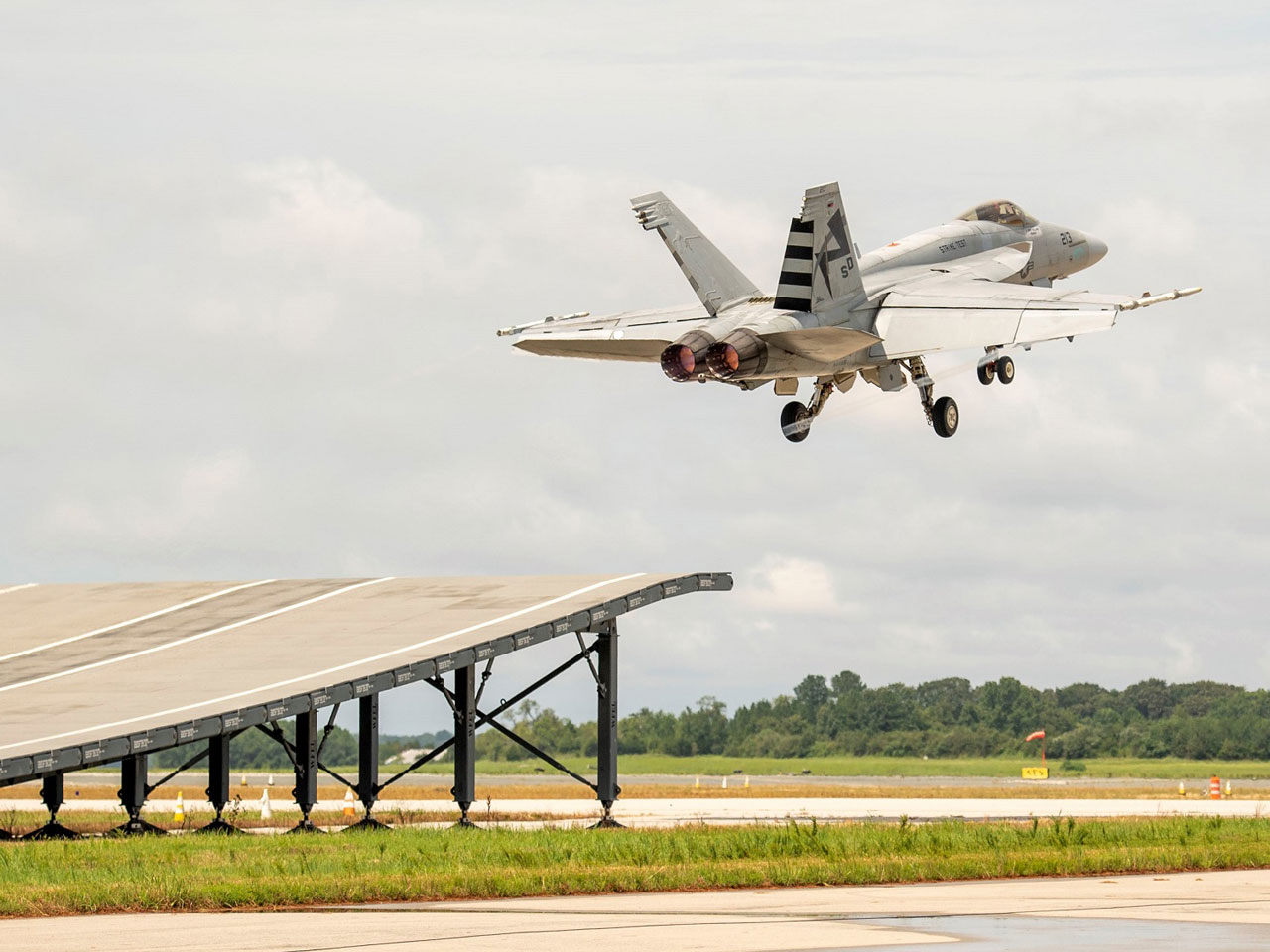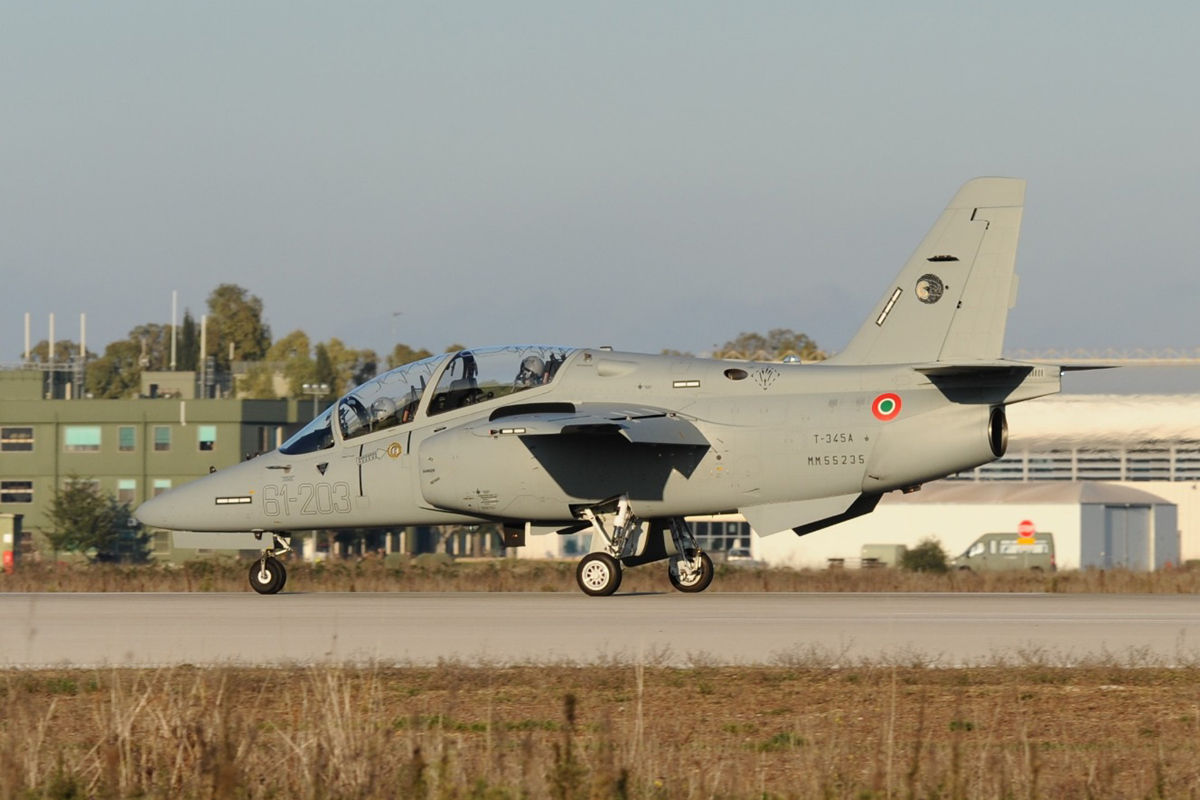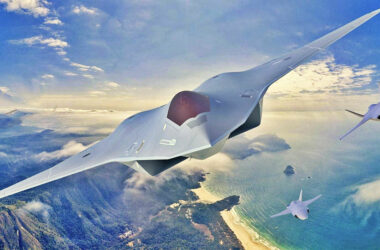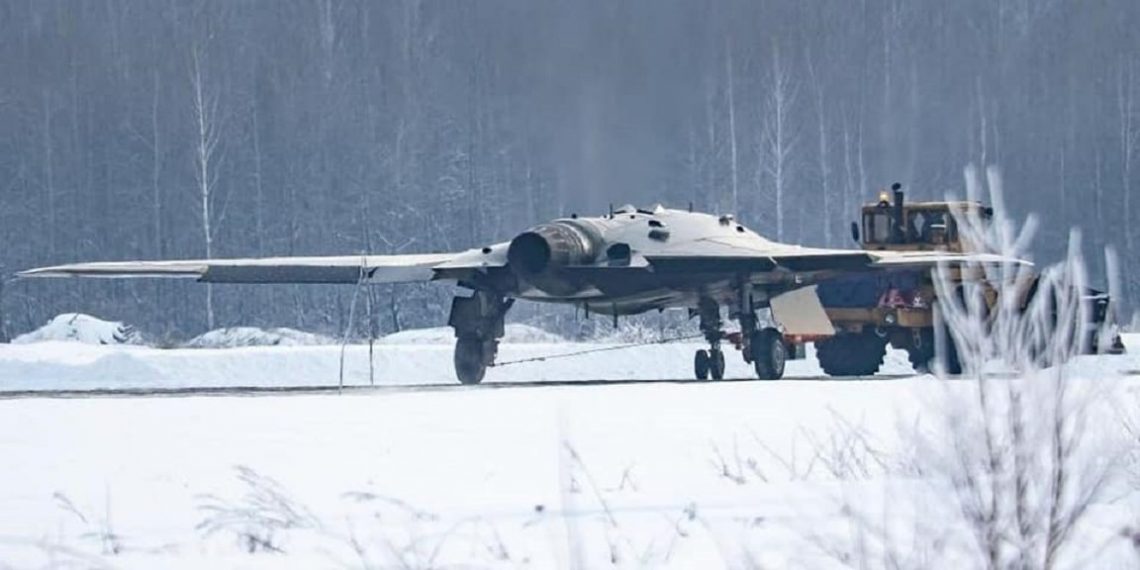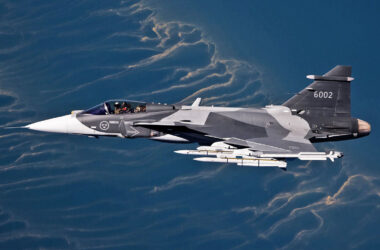The Indian Navy has an ambition only surpassed by China in forming a large fleet of aircraft carriers. The country currently operates only one such vessel, the INS Vikramaditya, a ship that was used by the Soviet Union as a cruiser capable of operating VSTOL aircrafts.
After an expensive adaptation, the ship was converted to a configuration similar to the Kuznetsov class aircraft carriers. In addition to it, India is conducting sea trials with INS Vikrant, the first aircraft carrier designed and built in the country. The program, however, is long overdue and will give rise to a vessel with the capacity to carry few planes.
Originally designed to replace the previous Vikrant and INS Viraat (ex-Hermes of the Royal Navy), the new aircraft carrier was launched in 2013, but is still far from being commissioned. In addition to them, India is also planning its first catapult-type vessel, the INS Vishal, with 65,000 tons of displacement, but the program has not progressed due to lack of financial resources.
In the midst of this scenario, the Navy is studying a new fighter order that in theory will complement the fleet of about 40 MiG-29K supplied by Russia. Last week, Boeing carried out a successful sky jump demonstration with an F/A-18 Super Hornet, proving that the aircraft can operate on Indian ships.
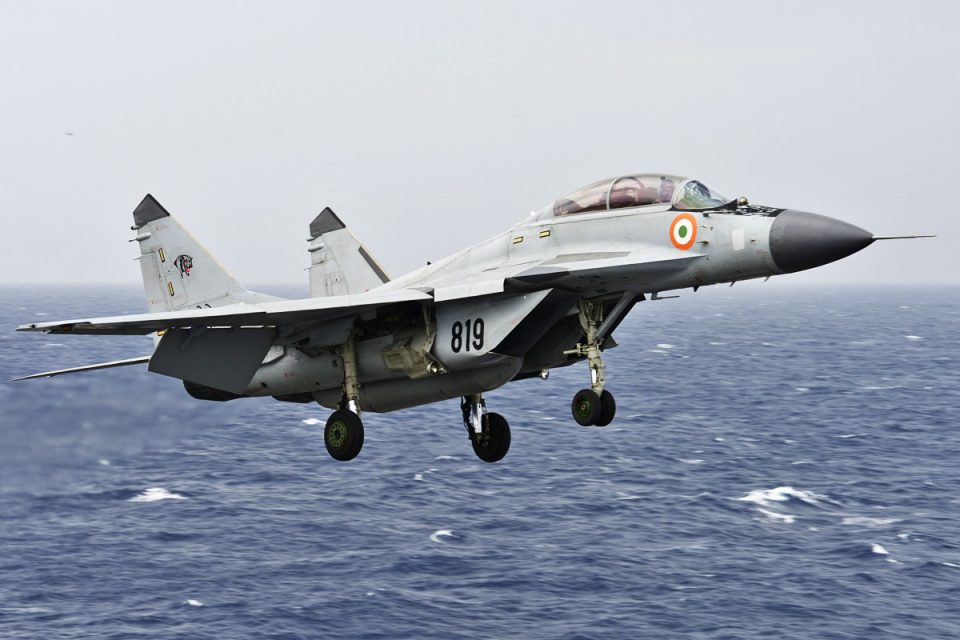
In addition to the US manufacturer, India is also negotiating with Dassault for the naval version of the Rafale, a fighter that the Air Force signed a new contract years ago.
Headache
What seems certain is that the Indians should no longer consider Russian planes when expanding the Navy fleet. The reason is that MiG-29Ks have proven to be unreliable in recent years. In just 12 months, the Indian Navy lost three MiG-29K fighters in accidents, the most recent of them in November – a fourth jet had crashed in January 2018, reducing the original fleet to just 41 planes.
It is a long-standing headache for the country, which has invested heavily in the transformation of the Vikramaditya and the replacement of the old Sea Harrier for the MiG jet. For that reason, rumors indicate that India may not only close a new fighter deal, but also replace the MiG-29K ahead of schedule.
The ideal solution, however, would be to have a genuinely national fighter, something that budget constraints do not allow at the moment. India has increased its defense spending in recent years thanks to conflicts with Pakistan, but also because of the Chinese threat in the Indian Ocean.
China has implemented an ambitious military program that includes new nuclear aircraft carriers that could threaten the sovereignty of its neighbors in the region.. Having three aircraft carriers equipped with modern fighters would not be a bad idea.
